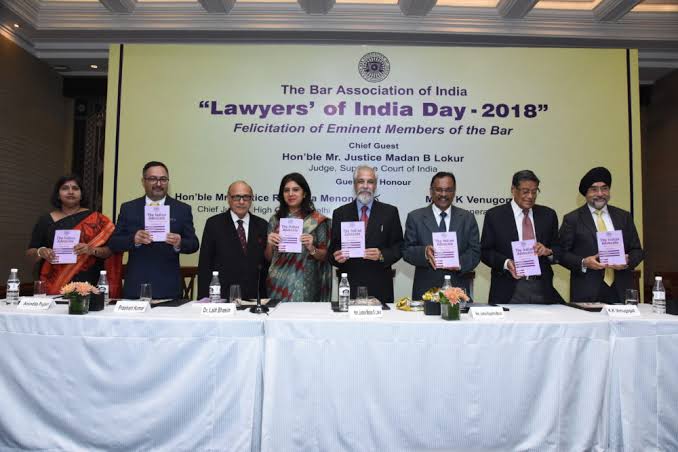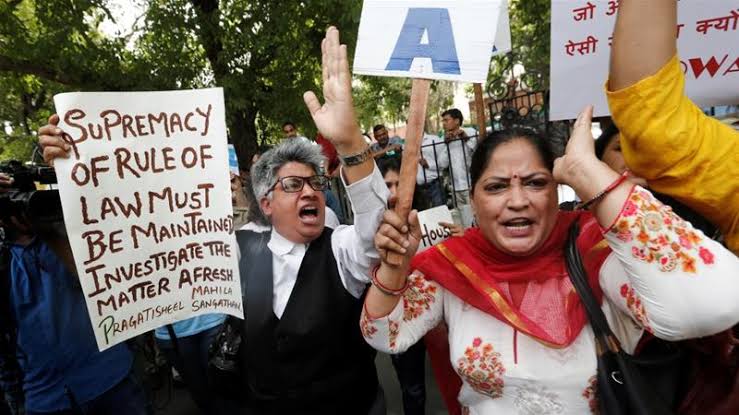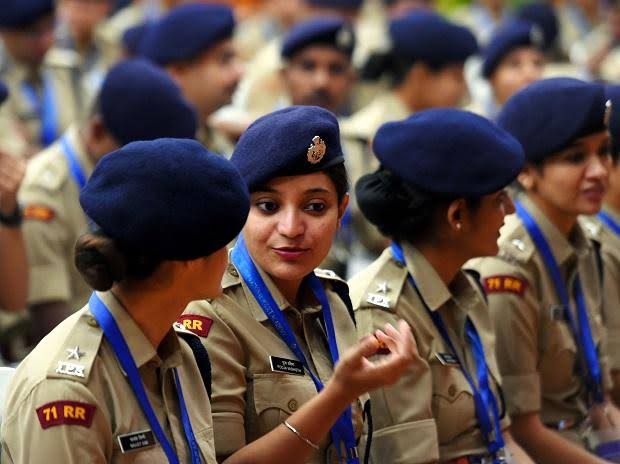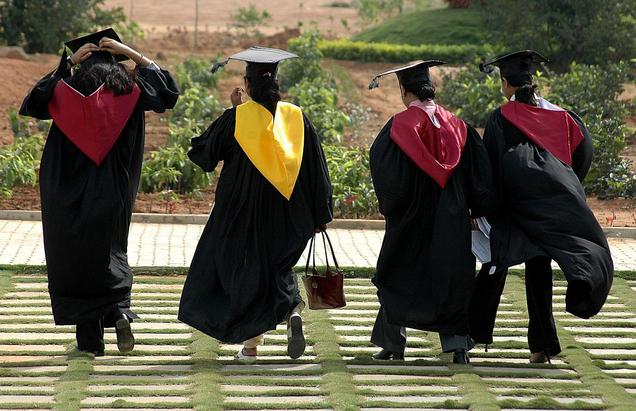The poor representation of women in Indian law enforcement translates into a rising assault on the peace and security situation of women. The fundamental right of Indian citizens to personal liberty and life is threatened to a greater extent when it comes to women compared to their male counterparts. The findings of two reports released recently – India Justice Report and Women, Peace and Security Index reflect this dark reality.
Gendered Implications Of India Justice Report 2019
The India Justice Report 2019 prepared by Tata Trusts in association with Centre for Social Justice, Common Cause, Commonwealth Human Rights Initiative (CHRI), DAKSH, TISS-Prayas and Vidhi Centre for Legal Policy has published comparative statistics on the situation of justice system in various states of India. An important initiative of the report has been to investigate the attitude of the justice system towards gender diversity.
The data collected by this report clearly indicates that proportion of women in the four pillars of Indian justice system is abysmally low. According to the report, women constitute 10 per cent of prison staff, 7 per cent of police force and approximately 26.5 per cent in the judiciary.
The report also states that even if states commit to bolstering women’s representation at a modest extra 1 per cent every year, it will take most of them decades to reach even to the aspirational 33 per cent.
The report also states that even if states commit to bolstering women’s representation at a modest extra 1 per cent every year, it will take most of them decades to reach even to the aspirational 33 per cent.

Image Source: Bar and Bench
Another insight that we get from the report is that the percentage of women reduces as one progresses through the career ladder. In other words, there is often a steep drop in the number of women in the higher ranks of the justice system. The report says that, “Women account for just 7 per cent of the 2.4 million police persons in the country, but 6 per cent are at the officer level. Similarly, they account for 28 per cent in the lower judiciary, but this falls to 12 per cent at the High Court level.“
India’s Position In Women, Peace and Security Index 2019
The overall rank of India among 167 countries in the Women, Peace and Security Index 2019 published by Georgetown University is 133. As compared to the best country (Norway) which has a score of 0.904 in terms of peace and security for women, India has a poor score of 0.625. The performance of the Indian states across the various parameters measured in this index is not necessarily uniform. For instance, Manipur has done well as far as inclusion and justice are concerned, but has a poor rank in the security of women sphere. There has been continuing sexual violence in Manipur, probably because Manipur is an ethnic conflict ridden state.
As per the Women, Peace and Security Index report, as much as 22 per cent of Indian women suffer from gender violence perpetrated by intimate partners. On the brighter side, deaths of women as a result of organised violent battles is low at a rate of 0.06 per 100,000 deaths.
In law, order and security, India’s rank is 111 among 126 countries.

Why Do We Need More Indian Women In Law Enforcement?
According to data collected by United Nations Women across 39 countries, “The presence of women police correlates positively with reporting of sexual assault, confirming that recruiting women is an important component of a gender-responsive justice system.“
Also read: Why Bringing The Chief Justice Of India Under RTI Will Foster Gender Justice
A 2010 study observed that women police adopt a policing pattern which is less dependent on physical force and which is rather carried out through soft skills. Women police officers’ communication skills are more effective in reducing violence as compared to police men who inflict brutality on the arrested and the convicted.
According to data collected by United Nations Women across 39 countries, “ the presence of women police correlates positively with reporting of sexual assault, confirming that recruiting women is an important component of a gender-responsive justice system.”
According to a 2014 Oxfam study, when more women were placed in powerful positions, more crimes against women were reported and justice for those crimes was quicker. Higher sensitivity from women lawyers and judges towards crimes perpetrated against women is likely to translate into an increased conviction rate and harsher punishments for criminals committing gender-based violence.

Women senior advocates and judges may be more sensitive to the crimes committed against women, increasing the current conviction rate and meting out harsher punishments to reduce the crime rate in the future.
According to a 2017 Youth Ki Awaaz report, “When you look at the numbers for practising lawyers too, it’s almost 50-50, so it’s not like law firms won’t hire female graduates. The problem arises when it comes to climbing the law ladder. Very few women are appointed as senior advocates – 1 out of 21 in the Bombay High Court. Only selected women are appointed as judges in lower courts – 28%, Delhi High Court has only 9 women judges of total 33. Of the 160 former Supreme Court judges only 5 have been women, and currently, only 1 of the 25 Supreme Courts judges is a woman. Not to mention that India has never had a woman Chief Justice.“
To conclude, India’s dismal track record of protecting women from sexual violence can be tackled by increasing the representation of women in law enforcement.
Also read: The Lady of Law and Love: A Tribute to Justice Leila Seth
References
Featured Image Source: Serein




